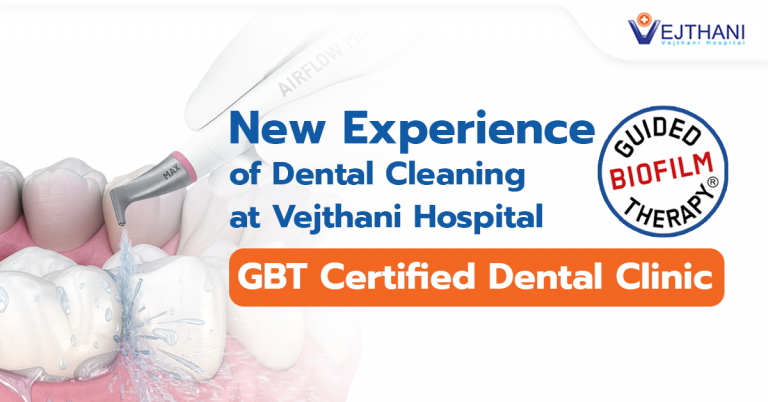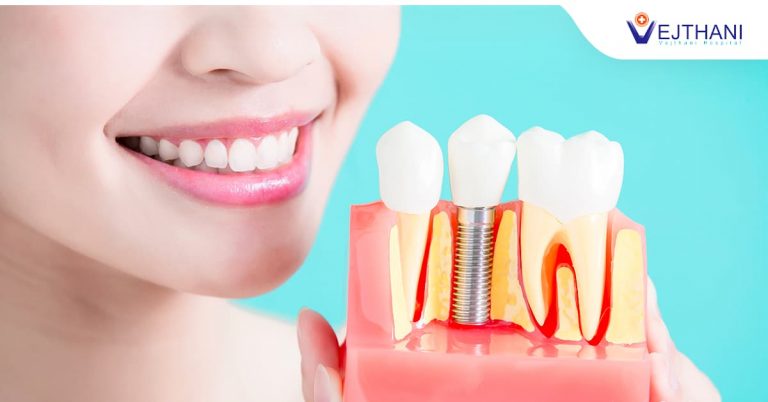The latest innovation in dental care technologies, dental procedures are now convenient, comfortable and faster. The new technologies provide higher precision, fewer dental procedures and most importantly, shorter waiting time. Marking the ‘Digital Dentistry’ era in its true essence, just a “Shorter Visit” is now enough for a restorative dental procedure.
Digital Dentistry: Shorter Dentist Visit
The advancements in dental devices and technologies allow digital dentistry to spell its magic from the start to the finish of dental processes. For example, 3D visual oral scanner assists a dentist in treatment planning, determining the most precise degree of implantation and finding the most matching tooth color using computer technology for the most natural-like looking tooth of the patient. The major technologies and devices behind the digital dentistry include:
Intraoral Scanner/ Extraoral Scanner: A small tube scanner is inserted into your mouth which records both internal and external accurate images of your mouth. The picture then transforms into a 3D visual image used in designing and planning restorative jobs.
Digital X-Ray: Digital dental imaging offers a better performance capturing dental images compared to conventional film X-Ray. This technology reduces radiation exposure of patients and assists the dentist in treatment evaluations.
Cone Beam CT: It generates 3D images of the dental structure especially the tooth, jaw, face and skull in details. The dentist can evaluate the bone mass and the proper restorative position. This technology is likely to be used for dental implant, wisdom tooth removal and more; or restorative works with less radiation exposure for patients.
CAD/CAM Technology: A Computer-Aided Design assists dentist in designing and creation of dental restoration process. Computer-Aided Manufacturing technology requires only few hours to create an implant to be placed in the patient’s mouth.
Computer-Guided Implant Surgery: Computer programmed to determine the acute position and degree of dental implantation reduces the risks and complications of implantation misplacement, lessens injuries or post-operative pain, and shortens procedure time.
Shade Color Matching: Computer matching program compares the color of artificial tooths with natural tooth and matches the most natural-looking ones.
Digital Dentistry in Dental Restorative Care
- Inlay/Onlay: Tooth filling for patients who has lost most of the tooth.
- Crown: A crown placed over a damaged tooth or area that needs to be covered
- Bridge: It is used to replace a lost tooth, bridge between two natural teeth to protect the re-location of other teeth and prevent misshaped face.
- Implant: It consists of an artificial tooth root that is implanted in the jaw bone, and a natural-like artificial tooth is placed on the top that does not compromise the chewing ability.


The hallmark of the digital dentistry is the use of latest digital technology in facilitating the dental processes, improving the restorative results and reducing the time-lag between procedures. These advancements are being continuously upgraded enhancing the treatment planning, reducing the time needed and procedural mistakes, and improving treatment quality as well as patient’s oral health.
However, no matter how effective and handy the new technologies may be, the best way to take care of your oral health status is through your own efforts. A simple but most important routine like brushing your teeth twice a day, visiting your dentist for oral check-up once or twice a year to find, and fixing dental fracture before it’s too late helps preserve the maximum amount of healthy tooth structure.
- Readers Rating
- Rated 4.5 stars
4.5 / 5 ( Reviewers) - Outstanding
- Your Rating

























